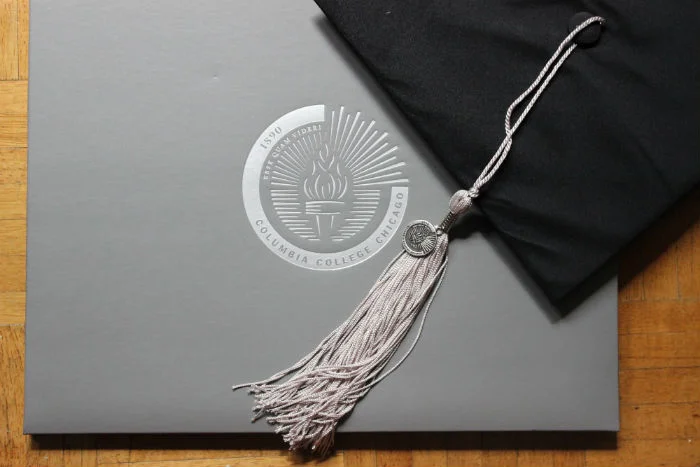How I use social media to find freelance gigs
I, along with most of the journalists I know, spend a ton of time on Facebook or Twitter. It’s remarkable how much information you can consume just by passively scrolling through a feed tailored to your tastes. But when it comes to freelancing, one thing that I discovered in 2016 was the potential for Twitter and Facebook to provide a flow of freelance gigs.
In my experience, Twitter is much more useful for connecting with hiring editors for freelance assignments than Facebook is, though Facebook is a good resource for finding full-time jobs if you’re looking to transition out of freelancing. Why is one better than the other? I’ll explain.
There’s an immediacy to Twitter that helps people connect quickly with each other. One of the best examples of this is the Writers of Color Twitter account. Founded by several writers of color in New York, the Writers of Color website is a database of—you guessed it—minority writers. Its Twitter feed, however, supplies followers with a steady stream of editors soliciting pitches. I pay close attention to this account, not only for contact information of editors I’d like to work with in the future, but also to match up outlets with pitches I have in my back pocket. This was how I met my editor at the Pacific Standard, for which I have written several pieces so far.
Shout out to @WritersofColor for connecting me with @beejoli, which led to this @PacificStand article. 🙌🏽👍🏽#mediadiversity https://t.co/kwMfVEpWAO
— Tatiana Walk-Morris (@Tati_WM) November 30, 2016
Twitter is particularly more useful than Facebook in obtaining necessary titles or contact information for editors I need to contact. If you’re lucky, you may be able to find the right editor’s Facebook page. But on Twitter, verified accounts and descriptions make it easier to sift through profiles to find the right person. Many editors also have their email addresses in their Twitter bio. That was particularly helpful for me when looking for the right editor for my first Vice story. Luckily, Mike, my editor for my Vice gaming piece, has his email in his Twitter bio.
That may not seem significant, but if you don’t have access to a magazine masthead or don’t know the formatting of staff email addresses, search for his or her name on Twitter. Sometimes, these editors will even announce when their soliciting pitches. Being one of the first few people to respond to that call increases your chances of getting noticed. (Pro tip: you can tell Twitter to notify you these accounts send a tweet. Go to his or her Twitter page and press the bell icon next to the follow icon in the upper right-hand corner).
Of course, I still recommend joining certain groups on Facebook like Binders Helping Newbie Writers, Diverse Social Media Editors and Digital Editors, or the Facebook groups of professional organizations of which you’re a member. I typically find full-time gigs or advice on how to handle freelance writing situations (pitching, taxes, etc.).
No matter what platform you use, keep tabs on who you want to write for and what stories make them tick. That way, when you find a great story idea, you’ll know exactly who to pitch.
How do you use social media to find freelance work? Leave a comment or email me at contact@thefreelancebeat.com.





